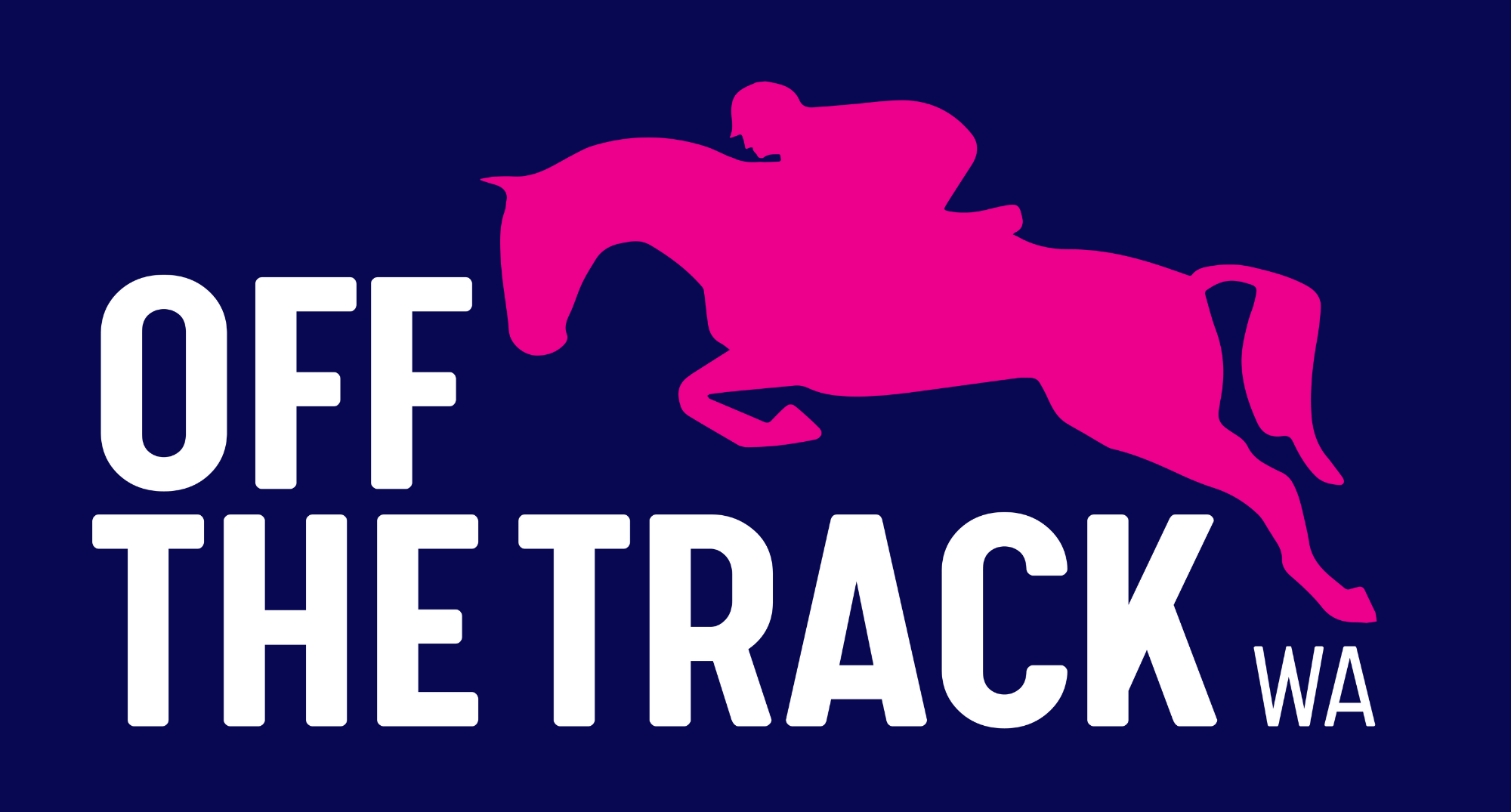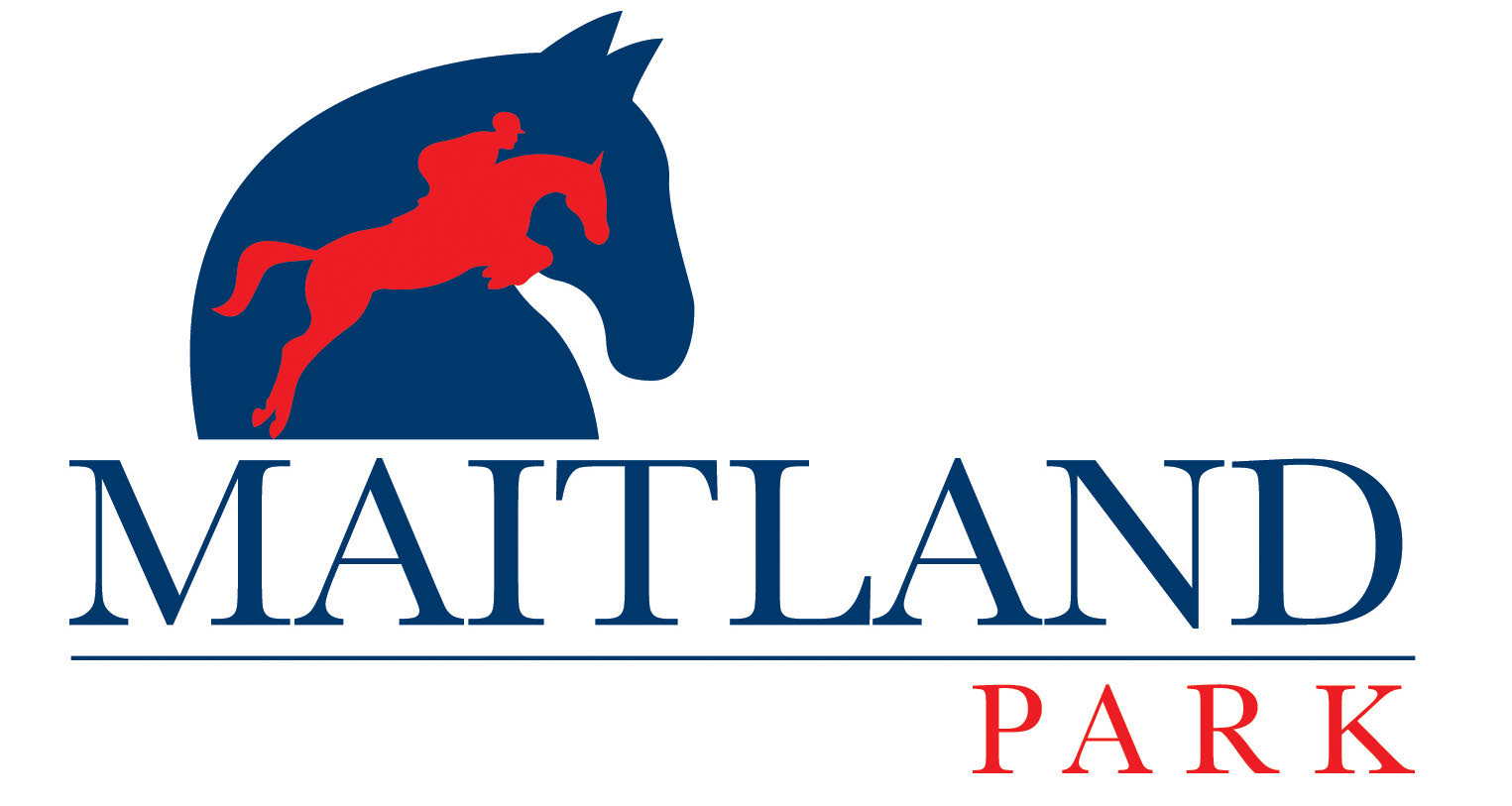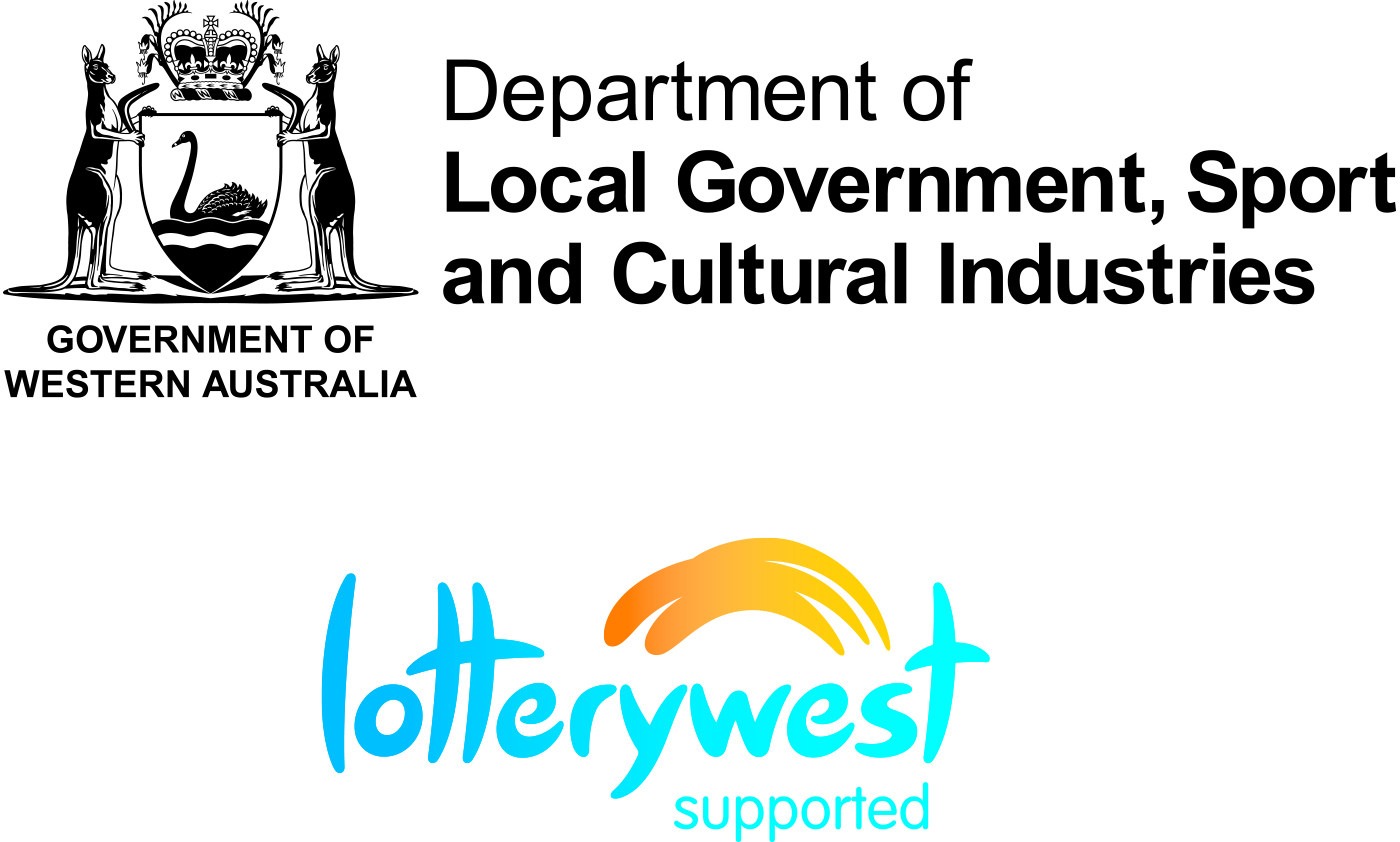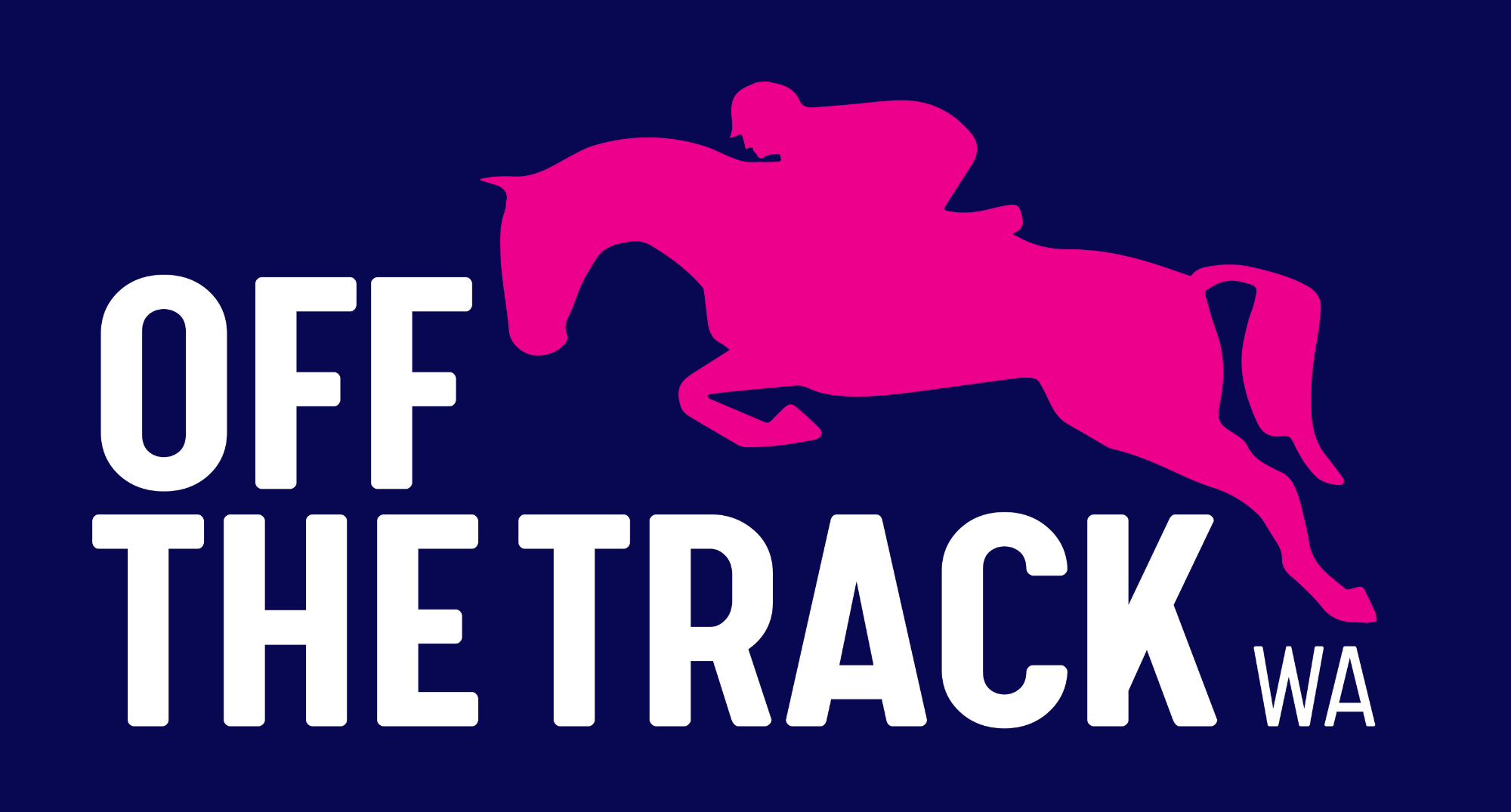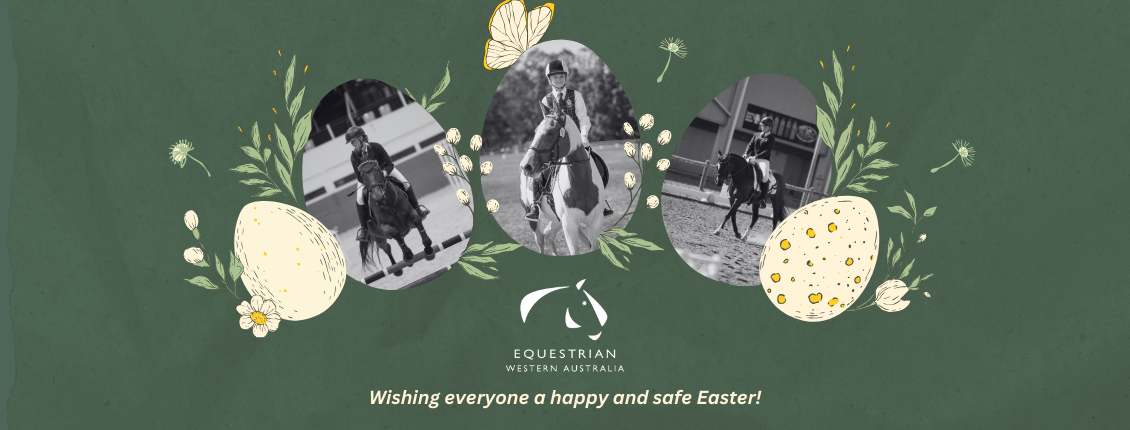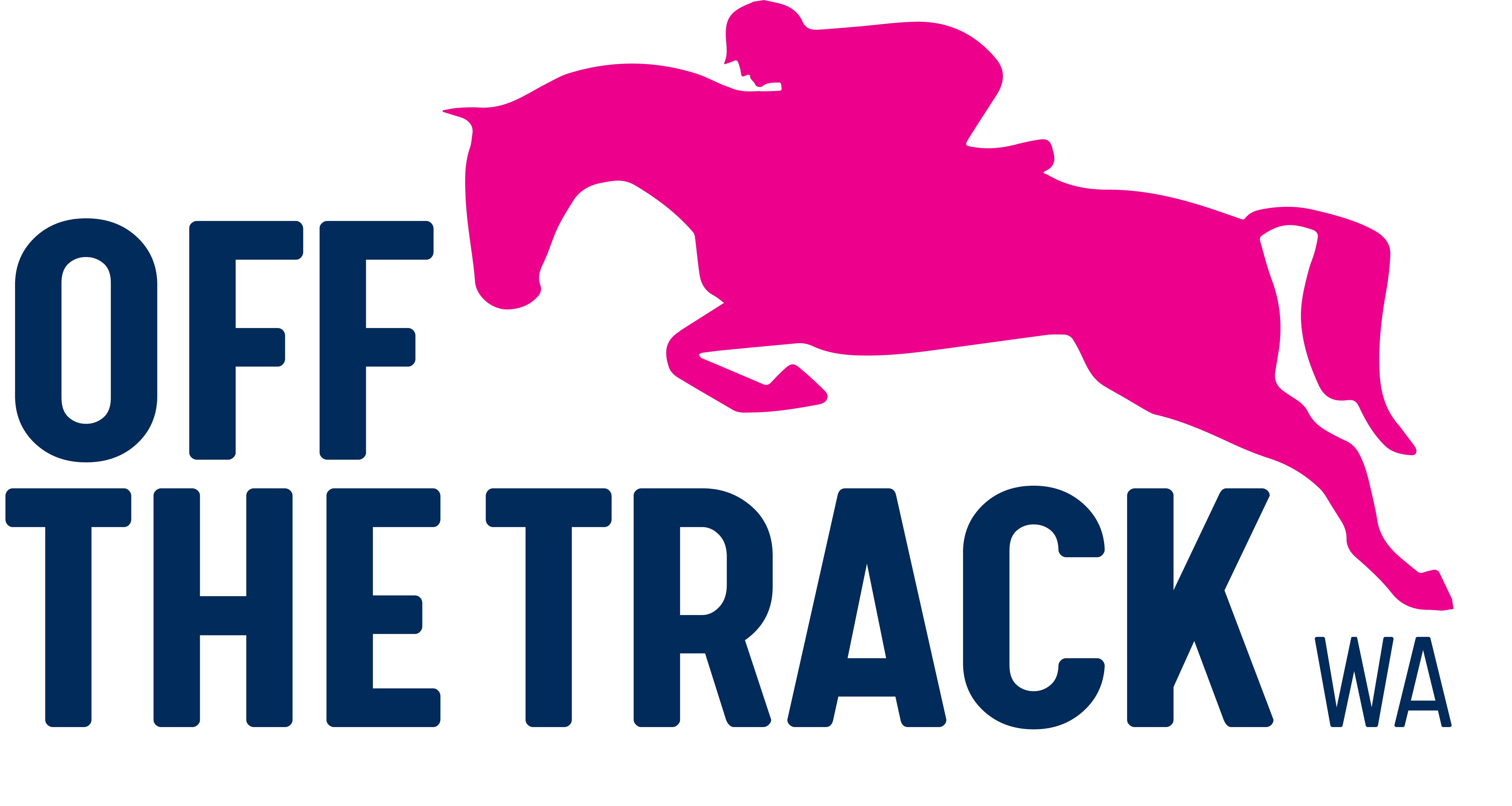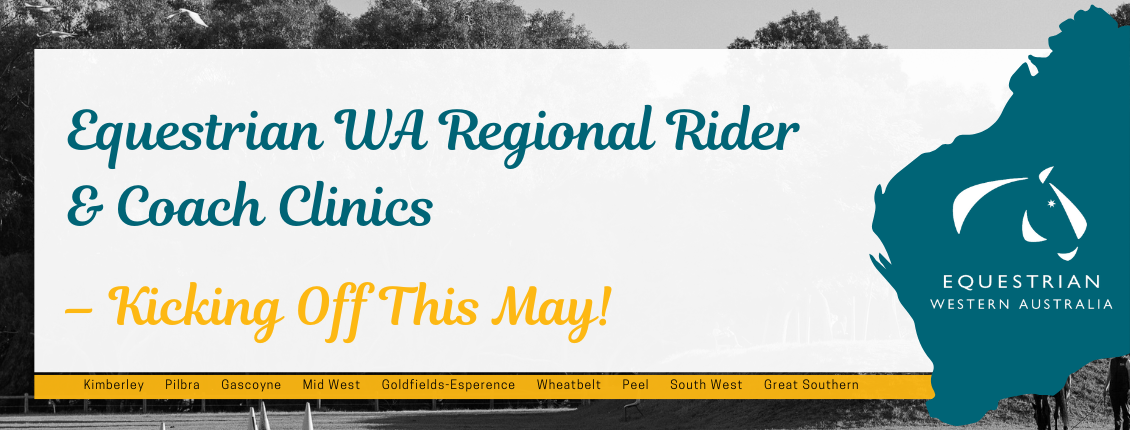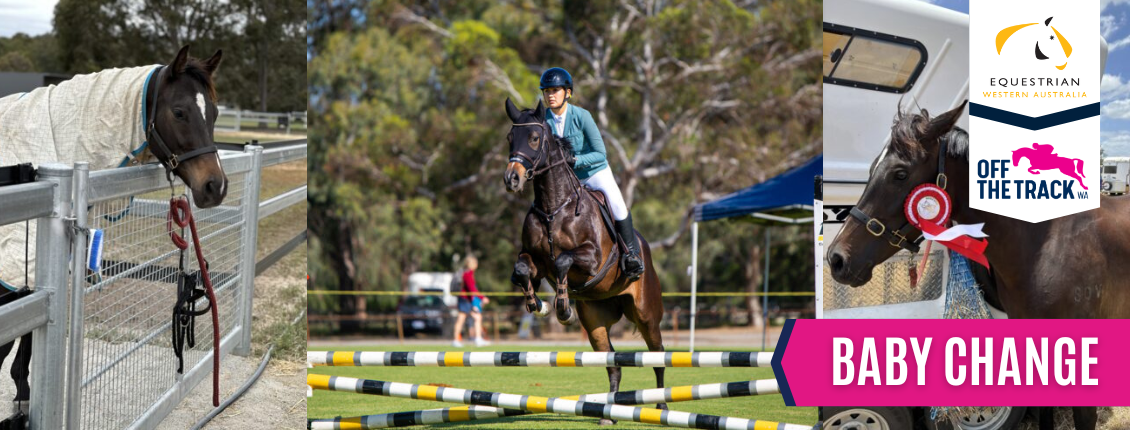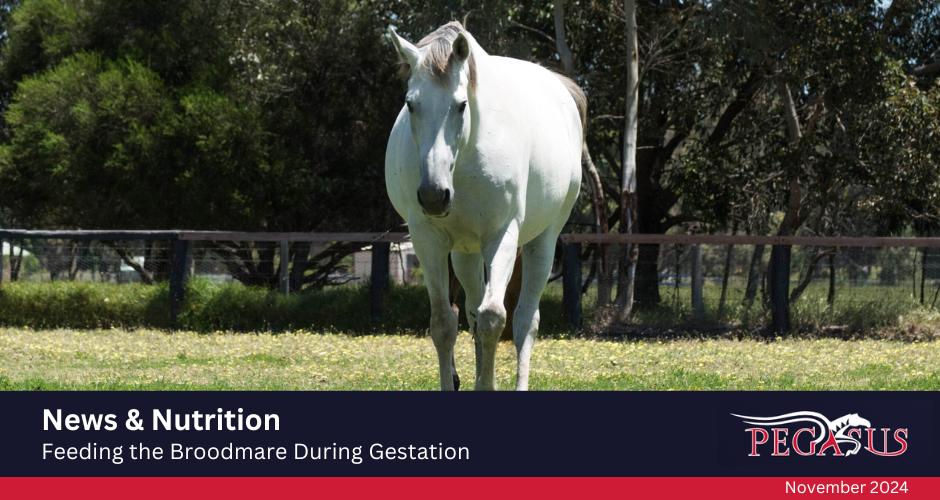
Pegasus News & Nutrition
Feeding the Broodmare During Gestation
With foaling season just around the corner, it is important to pay attention to nutrition of the mare, particularly during the 3rd trimester of gestation, and in early lactation. The most common mistake horse owners make is over-feeding during gestation and underfeeding during lactation. Understanding the energy and nutrient requirements of the different stages of pregnancy enables horse owners to provide the right amount of nutrients, at the right time.
Whilst we might feel the need to provide plenty of feed/calories in the final stages of pregnancy, as the majority of foetal growth occurs in the final 4 months, avoiding excessive body condition is important. Broodmares should be kept in a body condition score around 4 on the Australian scale. Calorie intake is important, but adequate protein, vitamin and mineral intake should really be the focus at this point. In the final months of gestation, the foal begins to store essential trace minerals such as copper, zinc, iodine and manganese in the liver, as a reserve to draw on during the first few months of life. This biological mechanism occurs to compensate for the mare’s milk, which is high in protein, energy and calcium, but low in trace minerals.
Ensuring these essential nutrients are supplied during gestation, via the mare’s diet, is critical for foetal cartilage and bone development. Pegasus Studmaster is specially formulated to provide the protein, energy and nutrients to support foetal development. At times of the year when pasture is abundant and quality is high, it may be difficult to feed the full recommended amount of a breeding ration to meet mineral requirements without the mare gaining too much weight. In these cases, a balancer pellet or concentrate, such as Pegasus Equibalance, is a great option. This feed ensures essential nutrients are supplied from a smaller feeding rate, making it suitable for mares that tend to carry excess weight or those gaining adequate energy from pasture.
Quick Tip:
Monitoring the mare’s bodyweight is also important. A lovely, plump broodmare may be pleasing to the eye but there are a number of complications that can arise from overweight mares, including difficulty foaling and potential issues with insulin dysregulation, gestational laminitis and developmental orthopaedic disease. For more detail on obesity in broodmares, take a read of our article in the news section.
Stages of gestation:
1st Trimester – if the mare is not lactating, her feed requirements are similar to maintenance. Forage should form the majority of the diet, and optimum vitamins and minerals are still required.
2nd – 3rd Trimester – energy requirements increase somewhat (about 15%), whilst protein, vitamins and mineral requirements increase to a greater extent. High quality trace minerals are particularly important.
In general, breeding rations should contain higher protein, quality protein and essential amino acids (lysine, methionine) and increased concentration of trace minerals (Cu, Zn, I and Mn). Vitamins A, C and E are also important, particularly when green pasture is limited. Avoiding feeds with high levels of non-structural carbohydrates (NSC) and considering seasonal fluctuations in pasture content is advisable to help reduce the incidence of orthopaedic problems in the foal. Combining a complete, balanced feed, such as Pegasus Studmaster or Pegasus Equibalance, with quality roughage sources is ideal. These feeds provide quality protein, amino acids, moderate NSC levels and added fat-based energy, along with high quality, fortified levels of vitamins and minerals to support foetal growth and development, and promote optimal broodmare health. Both feeds also contain KER BMC, research-proven to support bone density and bone mineral content in young horses.
For a tailored feeding plan to suit your broodmare, contact our Equine Nutrition Advisor, Michelle Meylan.

